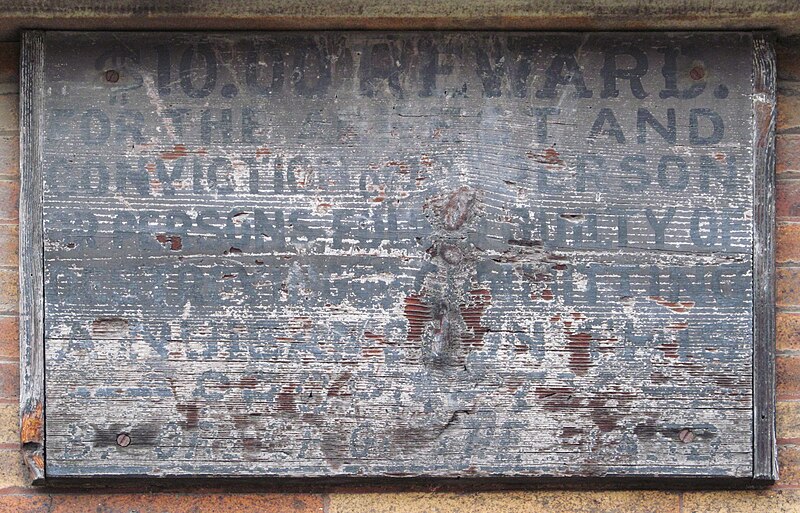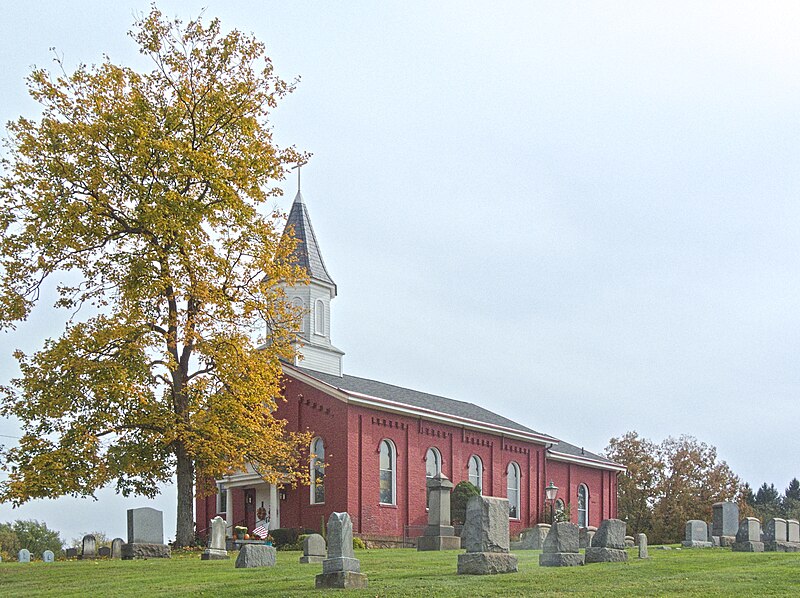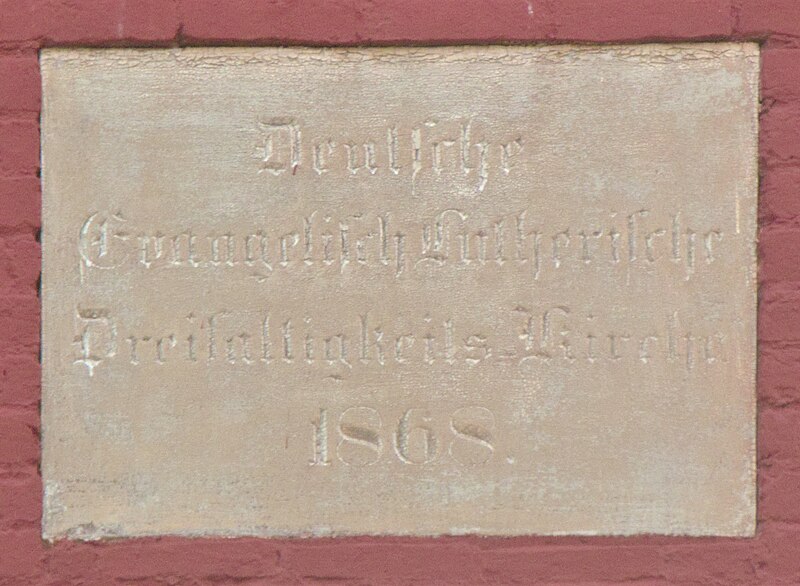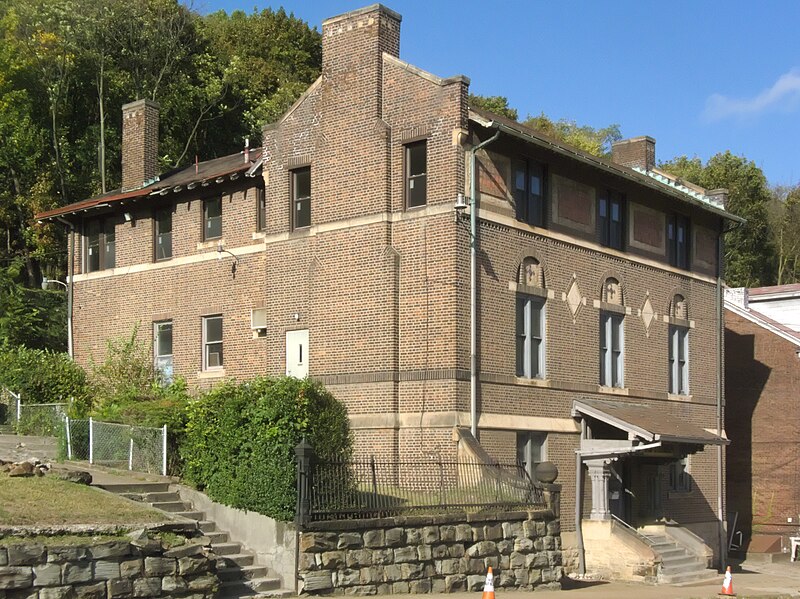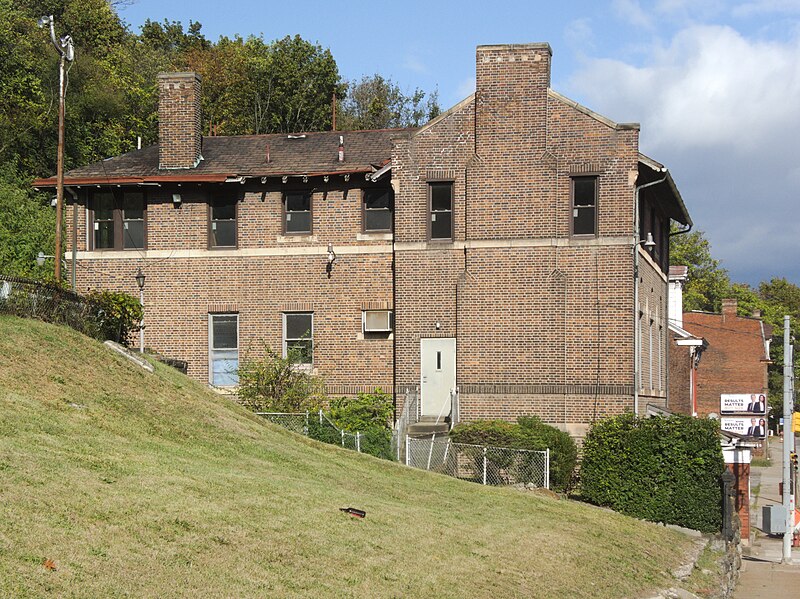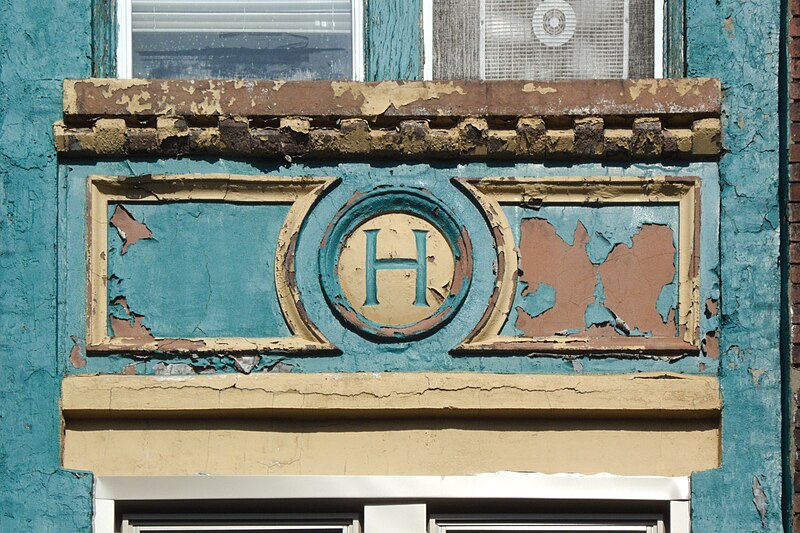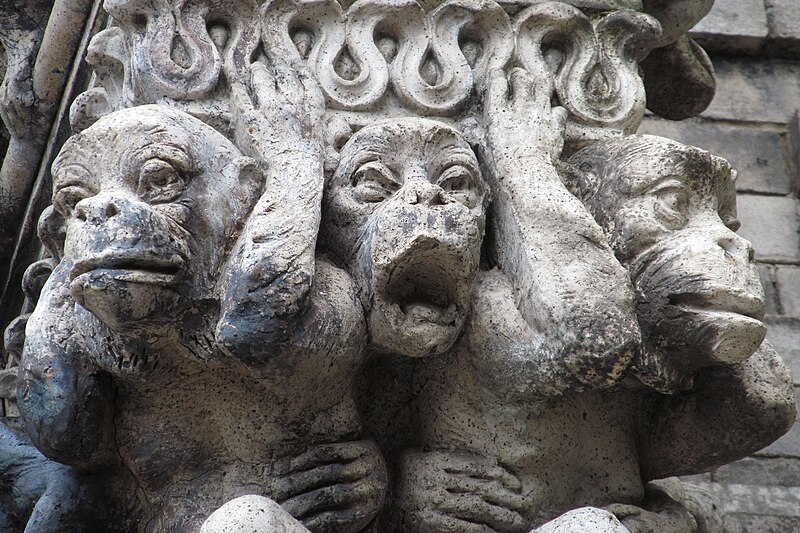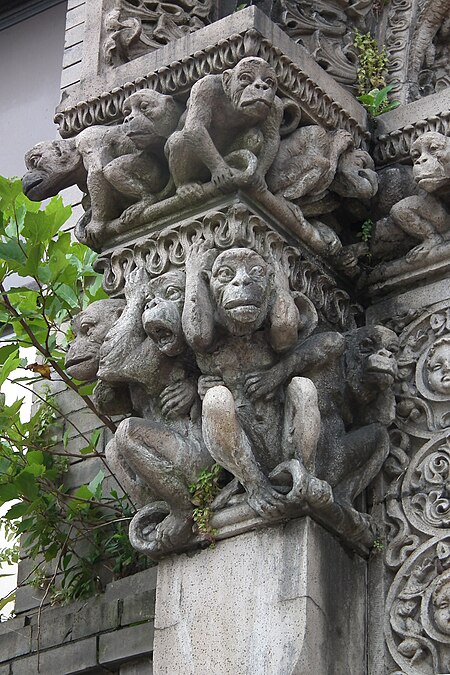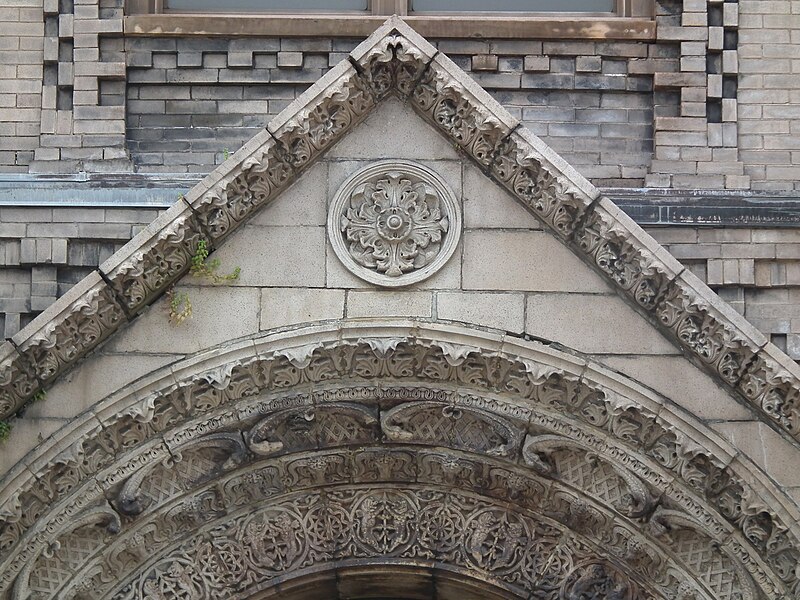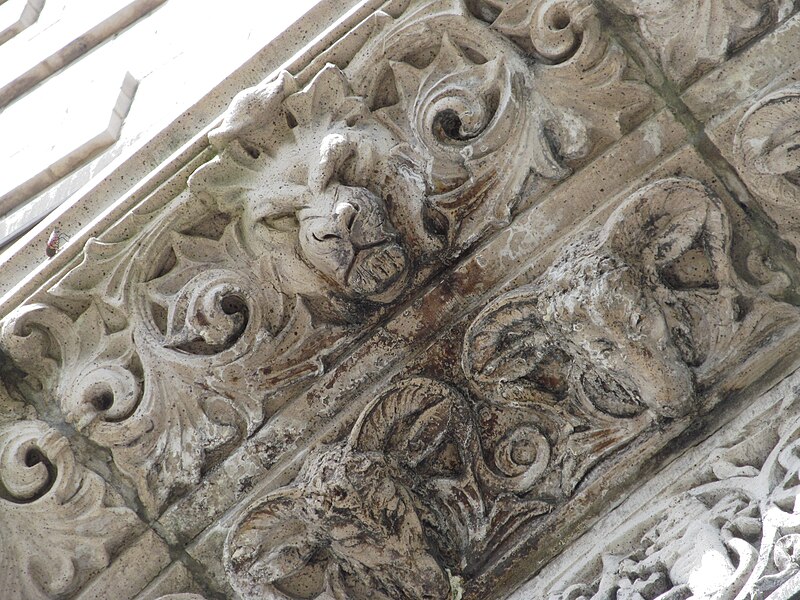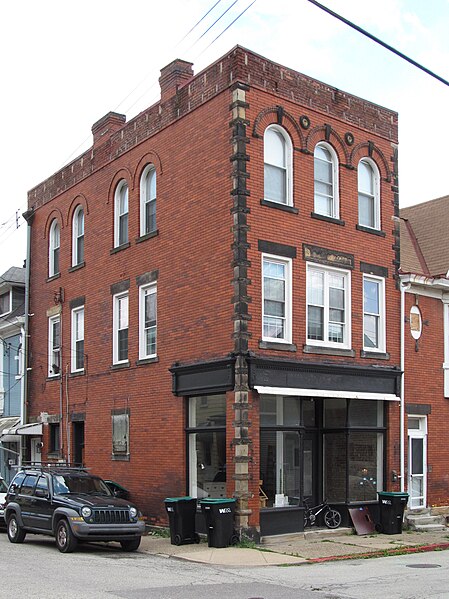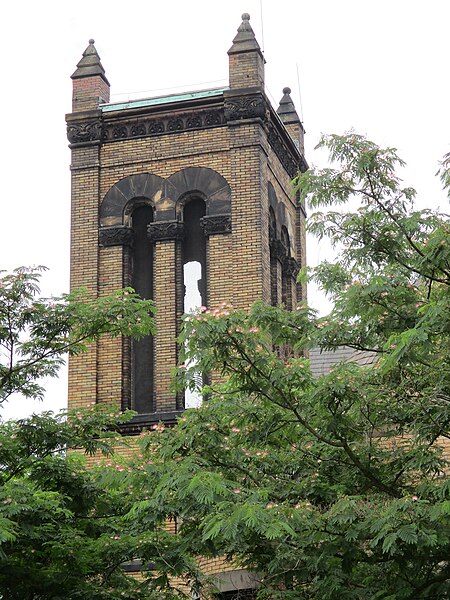
Old Pa Pitt is simply guessing that this building on Island Avenue at John Street used to be a hotel, in the old-fashioned Pittsburgh sense of the term: that is, a bar with rooms for rent upstairs. (Update: Note the comment below confirming that this was a classic Pittsburgh hotel-and-bar.) The ground floor was obviously a commercial establishment of some sort, though it has been filled in and made an apartment; the location is right above the Pittsburgh & Lake Erie Railroad shops and roundhouses, making this an ideal stop for railroad men who were not virtuous enough or poor enough for the Railroad YMCA four steps away across John Street. It was built before the YMCA, probably in the 1890s. The painted billboard on the side once advertised Pittsburgh Home Savings to the traffic inbound on Island Avenue.
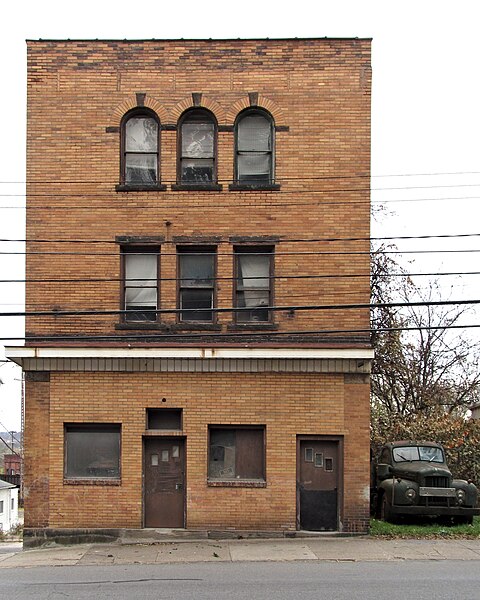
Whoever invented those ubiquitous front doors with the three staggered lights probably made a billion dollars and retired to the Cayman Islands.
There are some spots in McKees Rocks where time seems to have stopped moving forward a while ago, and this building is one of them. Note the truck cab parked beside it.






